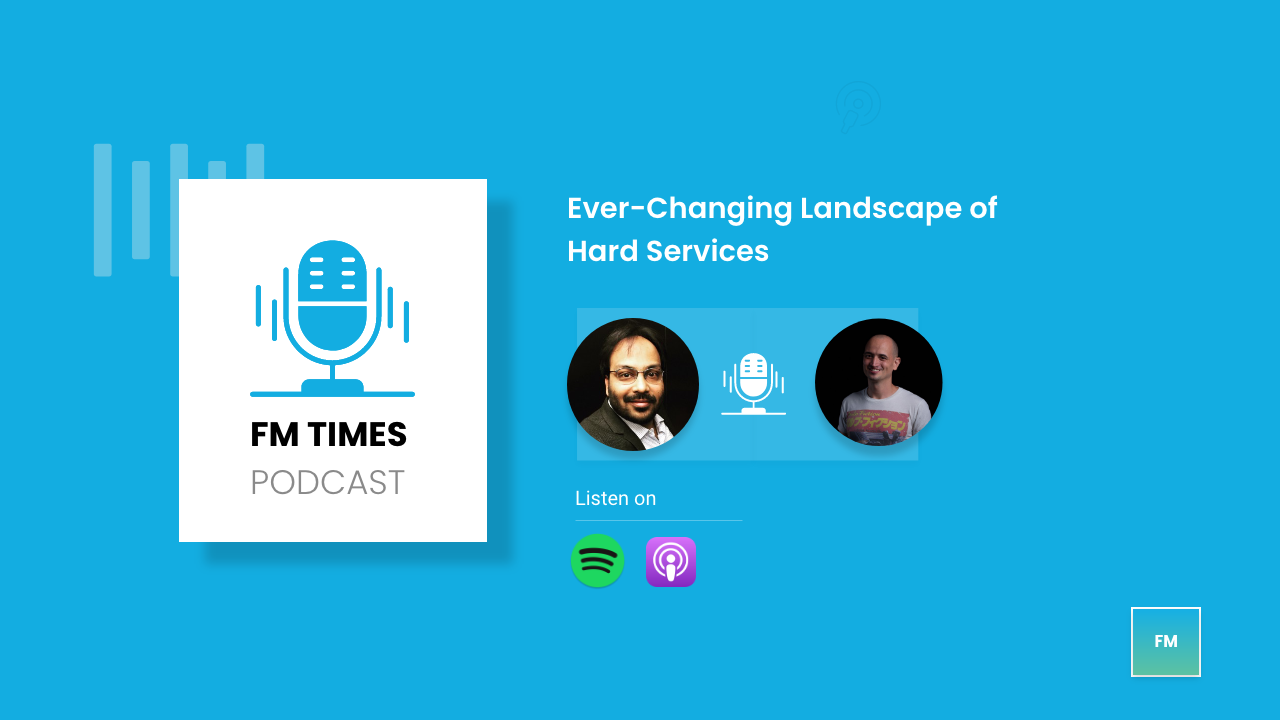To operate effectively, all organisations require a variety of services and it is critical to ensure that individuals, processes and the built environment all operate seamlessly while assisting in an organisation’s everyday operations, increased performance and benefit to the end result by rewarding and recognising the employees.
Organisations have an obligation to deploy certain FM services to comply with regulatory requirements which are determined by the nature, size and location of the organisation. Facility management is a broad term that usually refers to two major aspects: hard and soft services.
We’ll delve deeper into the hard services space and the future of it:
Bridging the gap between the small differentiators and big differentiators
It’s all about trusting and paying attention to the world of technology. While absorbing a lot of information and then looking for small differentiators that can compound into big differentiators, there are lot of things to look for, not necessarily scientific journals, but rather the types of blogs that keep their finger on the pulse of those scientific journals, which you may not know what to expect unless you read it.
So pay attention to those details and try to incorporate them into a broader technology strategy. Many entrepreneurs have a very narrow understanding of the challenges they wish to solve. And it’s often because they are born to be extremely capable individuals who become bored with the type of work they are doing and they want to build something better and you try to help them understand you are on the right track, but you are existing in a traditional kind of space.
Bringing New Regulations and ESG goals into the Hard Services Space
Environmental sustainability and governance issues are the most fundamental tectonic shifts in hard services. So how can you get people into space and continue to make a revenue? That’s less important right now than figuring out how to ensure you’ll be in compliance with the far too late regulation in space. The majority of occupiers now indicate they will make tenancy decisions based on ESG factors. The most significant consideration is how you will persuade the people that your building is a better option than the one right next door.
It’s more of a question of whether we’ll be compliant when this comes up if we don’t do it now as well as if we don’t come up with something, the regulatory climate and economic demand will.
What will not change in the Hard Services?
Materials will not change since there have been some incredible breakthroughs in materials as our society has been so focused on things like digital services. So, unfortunately, in our thoughts enough will change in terms of the materials used.
The term “materials” here refers to the types of materials that make up the actual building itself. It’s like we should deal with challenges knowing that nothing will change. Using technology to track the supply chain of building materials, QR codes and simple optical recognition are all that is required. For tracking purposes, we don’t always require RF, narrow band IOT, or anything like that and now you will start to measure the impact that building has on the supply chain from the beginning.
Taking a look at pre stages of both the consumption and production sides
It’s easy to understand the consumption side. However, not many people are considering the production side. So a lot of the actual production isn’t going to change, not in terms of what is produced, but in terms of how it is transported. You can start to have a real impact by monitoring, measuring and managing.
What’s not going to change in the post construction stage?
The demand for people would be constant, as there is currently a significant shortage of engineering skills in the operational space and the shortage isn’t likely to go away any time soon. So you should consider how you may centralise expertise and provide remote support while encouraging hard services workforce to work in a data first environment and recognising and rewarding them based on their performance.
These hard systems in assets will continue to have trait critical dependencies. There are still four factors which are mechanical, electrical, and plumbing, and the only thing that can be added to that is connectivity, which is somewhat changing as well. It’s no longer like you’ll have power in a building, especially automated systems that are now being deployed. but without connectivity, its capability is very limited. The power from the connection is sufficient to supply us with the information we require. MEP + C isn’t going to change but will only grow and is essential in the next step.
Aspects to consider in the FM space in the short to long term
You can think of augmented reality in the near future for the short term which can be as simple as a user manual or that could be something like troubleshooting guides or might just be a document in today’s world. By providing information and restricting access to only those who need it, it will reduce the amount of minutes or seconds wasted.
Medium term has to be a knock on effect of using augmented reality where it can be applied to machine systems, but it needs to know what to look for.
Considering the long term, it would be the value of decentralised systems and how that can lead to better data transparency allowing for more participants to help improve processes. Introducing building analytics will go along way.
All of the key breakthroughs and approaches in the hard services space are addressed in our blog. To discover more, listen to our podcast episode!
Let us know what you think about leveraging white collar technologies to address future blue collar problems.

Leave a Reply